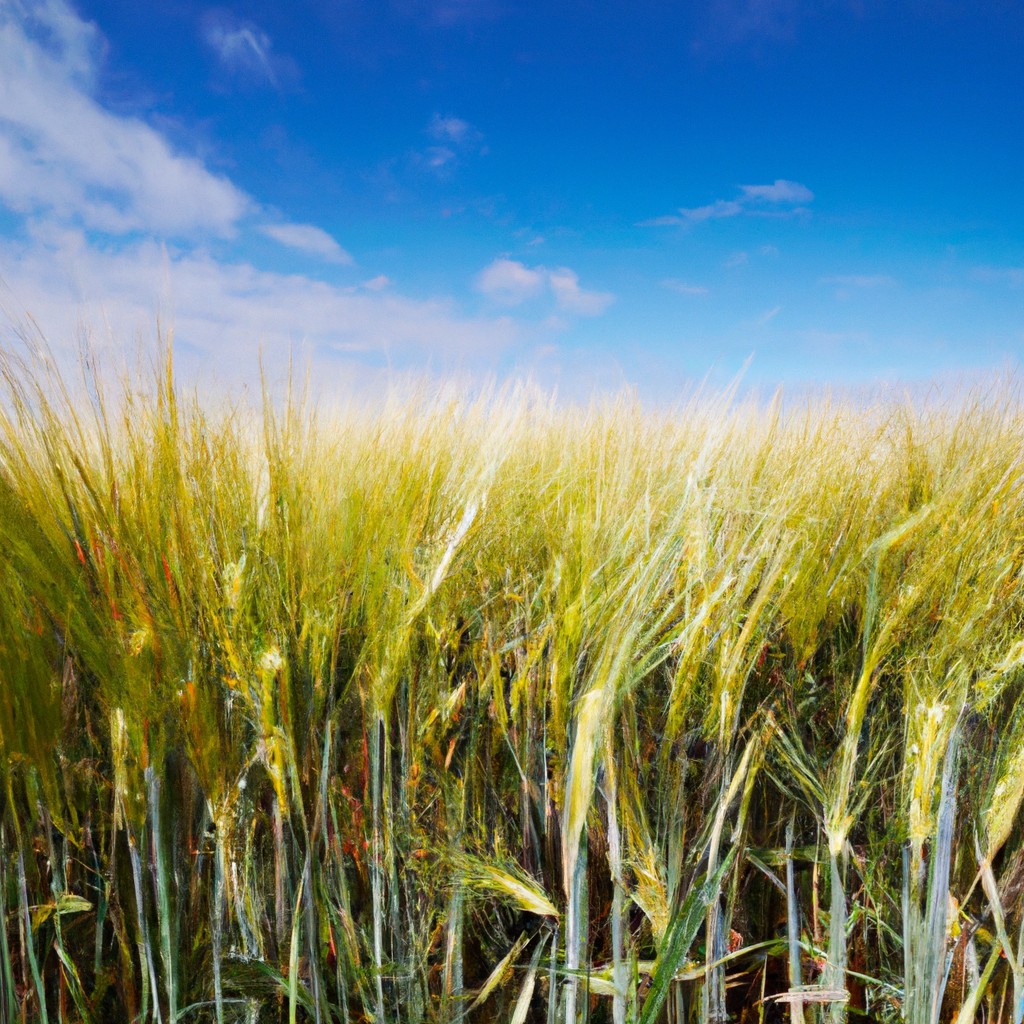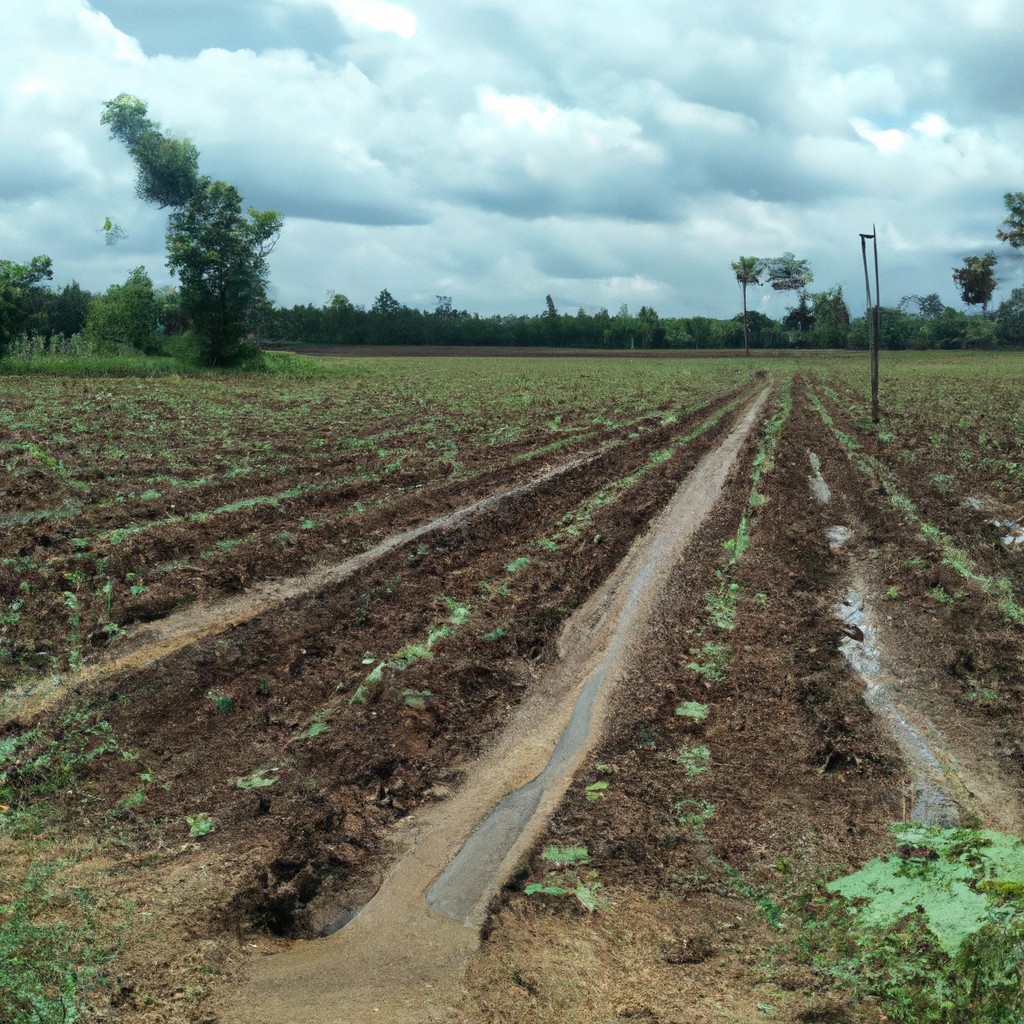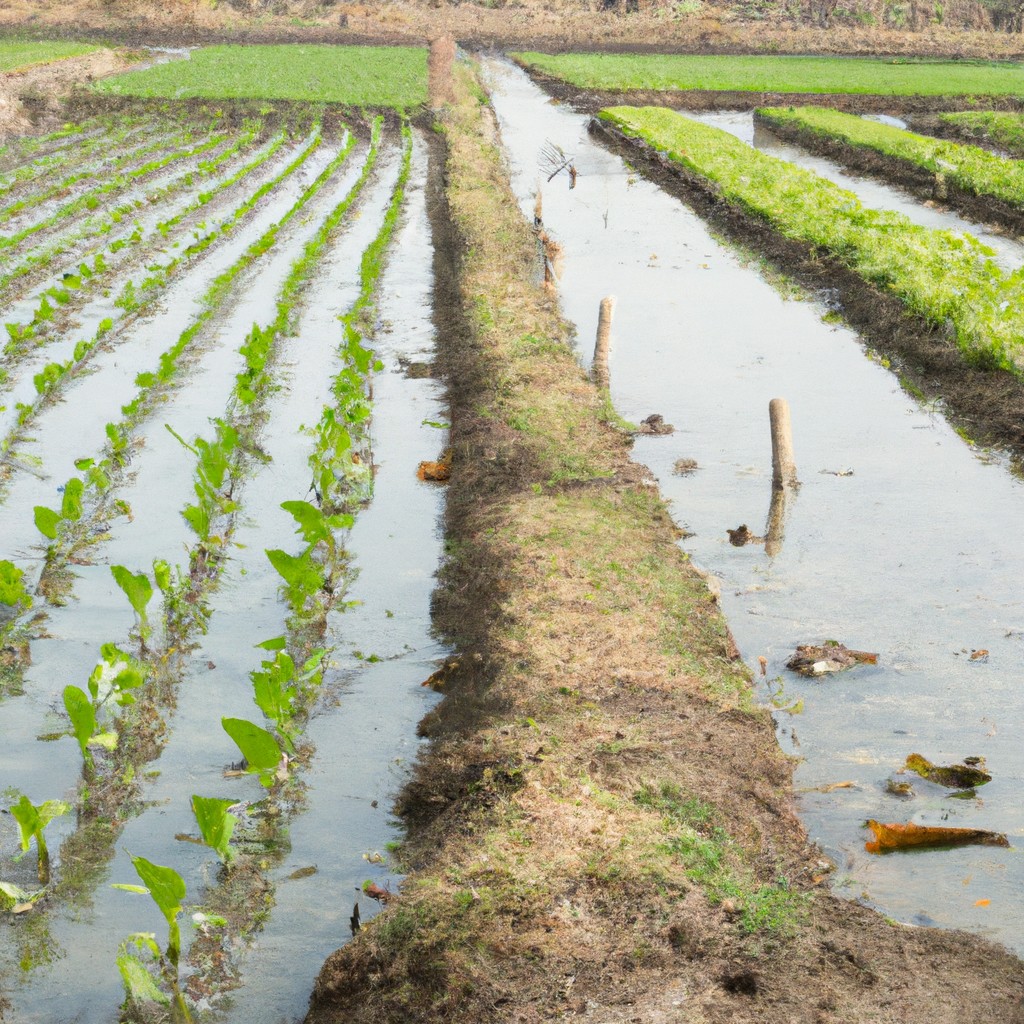Uncover the basics of intensive commercial agriculture, its impact on food production, and its ecological effects.
Look Inside:
Techniques and Technologies

Picture this: farmers wielding drones instead of pitchforks, lasers instead of hoes. Yes, technology in agriculture has come a long way, and now it’s all about precision. Precision agriculture uses GPS and IoT devices to monitor crop conditions, optimize inputs, and, let’s face it, make farmers feel like they’re living in a sci-fi movie.
Automated machinery takes over mundane tasks. Tractors practically steer themselves these days, letting farmers sit back and perhaps indulge in a podcast or two. Robotics come into play when it’s time for picking, sorting, and packing, turning farms into concertos of clicks and whirs.
Hydroponics and aquaponics rain supreme in indoor farming, where soil is so passé. These systems rely on nutrient solutions and fishy friends, offering a mess-free haven for growing veggies. Water gets reused like your favorite dad joke at a Thanksgiving dinner.
Genetic modification and CRISPR technology make the list, too. By adjusting plant DNA, crops can be customized to resist pests, grow faster, or even taste better. It’s like a botanical makeover series where everyone’s a winner!
And if you’re talking irrigation, drip and sprinkler systems have transformed water distribution into an art form, ensuring that not a drop (or a farmer’s tear) is wasted. Call it the ballet of irrigation.
All these innovations turn farming from a labor-intensive doom-a-palooza into a well-tuned orchestra of efficiency.
Environmental Impact
So, imagine you’ve got a vast farm that’s the agricultural equivalent of a New York Times bestseller. Everyone’s talking about it, but there’s a bit of drama behind the scenes. Firstly, extensive land clearing can occur, leading to habitat loss. Goodbye, Tweety Bird’s favorite tree.
Next, there’s the soil. Intensive plowing and monoculture practices can lead to soil degradation and erosion. It’s like taking that bestselling book and ripping out a few chapters; the story just doesn’t hold together as well. With water consumption, these farms can guzzle H2O like a marathon runner after a race, potentially affecting local water supplies and aquatic life.
Then we visit the emissions topic, which typically wouldn’t win any eco-friendly awards. Methane from cattle and CO2 from tractors are not your everyday gentle giants. They’re tiny but mighty contributors to climate change.
Oh, and let’s not forget the biodiversity. Spoiler alert: intensive commercial farming can be a real party pooper, potentially reducing plant and animal species’ diversity. Just like inviting only one type of guest to a party—eventually, it gets a bit, well, dull.
Use of Agrochemicals
Ah, agrochemicals. The magic potions of commercial agriculture! These chemicals, primarily fertilizers, pesticides, and herbicides, work overtime to boost crop yields and keep those pesky pests at bay.
Fertilizers are the plant’s version of a morning coffee, providing essential nutrients like nitrogen, phosphorus, and potassium. They ensure plants grow big, strong, and ready to face the world—or rather, the farmer’s market.
Pesticides, on the other hand, are like the crop body’s immune system. They fend off insects, weeds, funguses, and a myriad of other would-be freeloaders. They might as well wear superhero capes.
Of course, there are some things to watch out for. Overusing these substances can lead to soil degradation or water pollution. It’s like eating too much chocolate cake; tempting, but eventually problematic.
Commercial farming has to make sure they use just the right amount. A sprinkle here, a dash there. Precision and care are key to balancing productivity and environmental health, keeping other species safe from unintended exposure.
Livestock and Aquaculture
With the moo and the splash, intensive commercial methods often involve raising a large number of animals in relatively confined spaces. Talk about giving new meaning to “crowded as a barn!”
Picture this: rows of cows lined up like they’re waiting for concert tickets, and fish so close together they practically start a synchronized swimming team. It’s all about maximizing production.
Animals are often given growth hormones or antibiotics to bulk them up faster than a superhero at the gym. Efficient? Yes. Controversial? Absolutely.
The intensive farm life isn’t exactly a spa weekend. Limited space can lead to stress among animals, something even your goldfish in a tiny bowl could relate to.
Run-off from animal waste can impact nearby water systems, which is ironic given that we’re talking about aquaculture and friends.
Balancing production demands with animal welfare and environmental health remains the challenge of today’s farmers.
Challenges and Sustainability
In the world of bumper crops and galloping yields, a few hiccups are bound to happen. Some farmers face the challenge of maintaining soil health as intensive agriculture tends to exhaust the very ground they stand on. It’s ironic when your biggest asset wants to take a breather!
Water usage can also be a real head-scratcher. Over-irrigation not only depletes water resources but also turns fields into salty seas where crops think, “What am I, a fish?” Efficient water management becomes crucial.
Biodiversity enters the scene with a dramatic flair. Monocultures often hog the stage, sidelining diverse plant and animal species – and nobody enjoys a one-man show. Integrating diversity is essential for pest control and creating resilient ecosystems.
Finally, sustainability desperately waves a flag in the face of carbon footprints. Intensification can lead to higher emissions. Adopting methods like precision agriculture and cover cropping becomes the dance move needed to turn this agricultural jig into a sustainable waltz.




